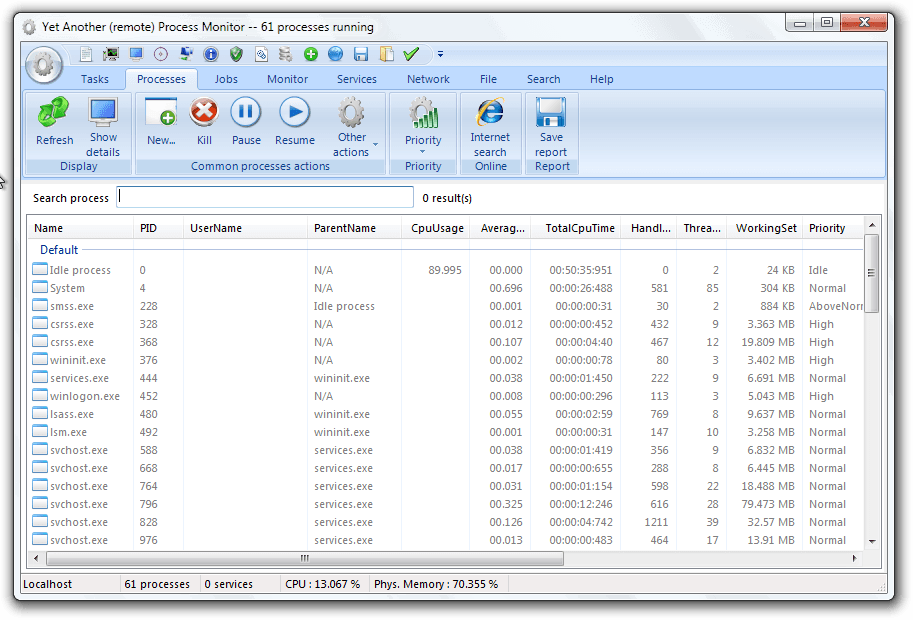
For example, you can refer to the examples of breakpoints that are available within the Visual Studio development environment here. In those situations the types of breakpoints will vary.

In addition, live debugging is also commonly used to troubleshoot and analyze code within the developer environment. More information on breakpoints and different breakpoint types within the Windows context can be found here: (v=vs.85).aspx. The easiest way to think of a breakpoint is to understand its most basic definition: a breakpoint is a place or time at which an interruption or change is made. The debugger can insert those breakpoints in once attached to the process. A debugger may attach to a process and wait for exceptions or set a specific breakpoint. Live debugging refers to the mechanism of attaching to a running program or process either invasively or non-invasively. Being that my discussion primarily revolves around products that run on top of the Windows operating system, my point of view, or slant, is obviously geared towards the types and toolsets that come with Windows. There is almost a guaranteed point of view when it comes to applying it to a specific product or series of products. There are several categories of debugging and the descriptions will vary by vendor, publication, and academic degrees of description. If you are already familiar with these concepts, please allow me to quickly recap these to those readers which may be either not familiar, or only somewhat and looking to solidify these concepts. For this part of my series on debugging virtual applications, I will be focusing exclusively on these fundamentals.
#YET ANOTHER REMOTE PROCESS MONITOR SOFTWARE#
Productive virtual application debugging requires an understanding of the basic fundamentals of debugging compiled software code.


 0 kommentar(er)
0 kommentar(er)
